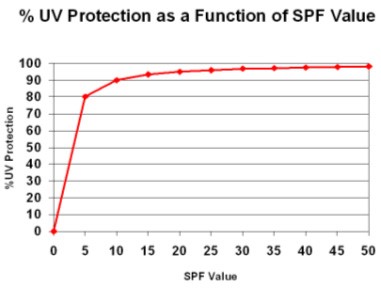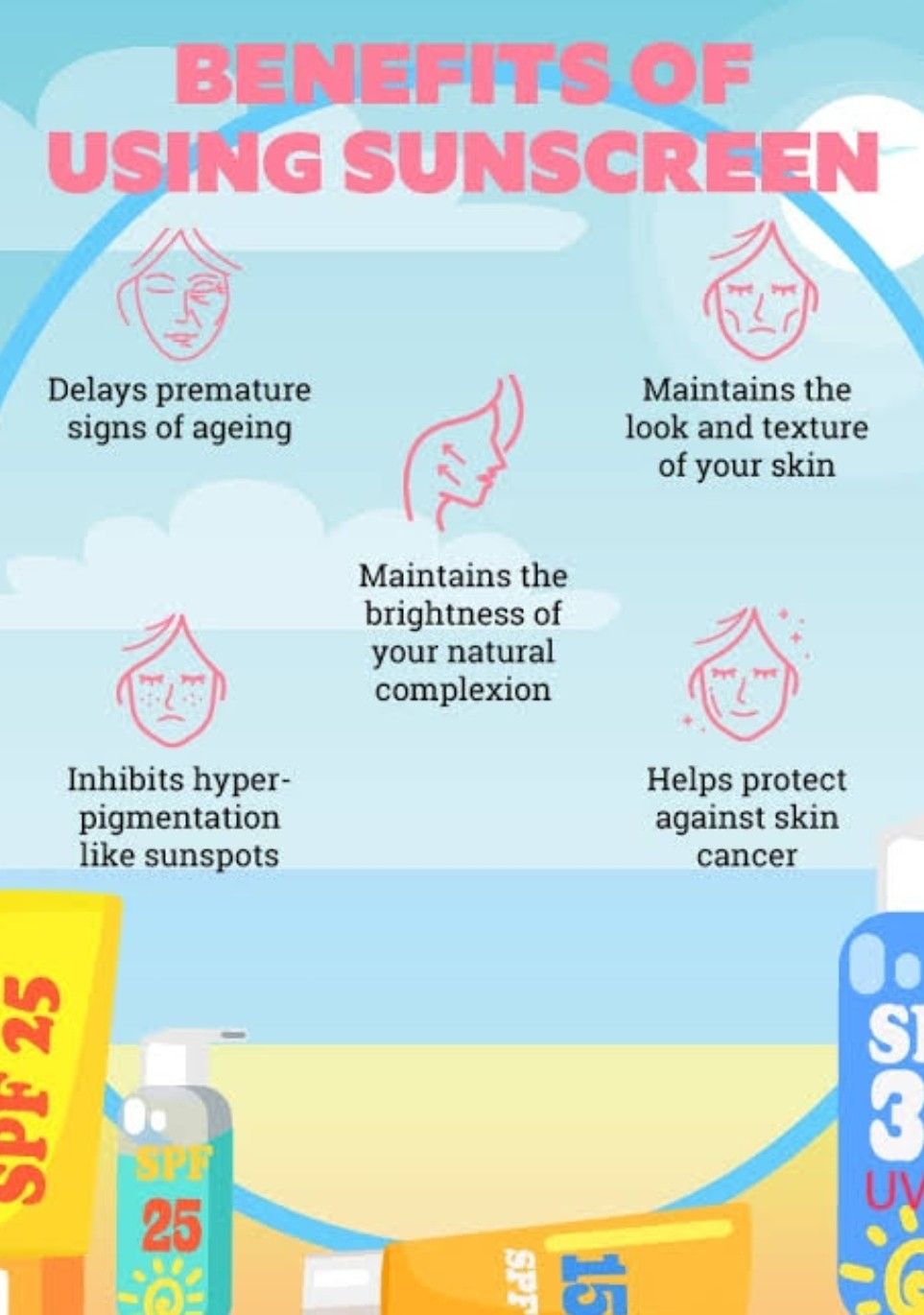Best Ways to Keep Skin Protected From the Sun. By Our Student Pharmacist, Hannah Hagar.
With warmer and sunnier days ahead of us, it’s important to keep in mind the positive and negative side effects of sun exposure. While getting sun can increase vitamin D levels and creates opportunities for outdoor physical activities, it can also lead to skin damage from ultraviolet (UV) rays that can cause sunburns and sometimes lead to skin cancer, called melanoma. The 5-year relative survival for melanoma of the skin is 93.5%, as reported by the National Cancer Institute of the National Institutes of Health (NIH). Although traditionally melanoma has a good prognosis, UV rays can also cause premature aging to the skin.
Luckily, there are ways to prevent skin damage with sunscreens and other strategies.
Prevention Strategies:
Some strategies include:
- staying in the shade
- wearing long sleeved clothing
- protecting your face and eyes with hats and sunglasses
Additionally, the use of sunscreen can help when used in combination to these strategies. The effectiveness of sunscreen is determined by SPF, which stands for sun protection factor. This compares the amount of UV radiation required to result in a sunburn when wearing sunscreen versus not wearing sunscreen.
The Centers for Disease Control and Prevention (CDC) recommends wearing a broad spectrum (protects against UVA and UVB rays) sunscreen with an SPF of 15 at a minimum.
It is important to have protection against UVA because those rays can be damaging to skin and increase aging of the skin. UVB rays are stronger than UVA rays and can cause sunburns and skin cancer. Therefore, broad spectrum sunscreens are a must; however, there does not seem to be much of a benefit in wearing an SPF greater than 50. The graph attached shows the fraction of UV lights that are blocked at increasing ranges of SPF, with the difference between SPF 30 and 50 being only 1.3% more rays blocked.
Types of Sunscreen:
There are two types of sunscreen: physical and chemical.
Chemical sunscreens absorb the UV radiation and contain chemicals such as avobenzone, octocrytene, and oxybenzone.
Physical sunscreens are preferred, because they reflect UV radiation. They are often zinc and titanium oxide-based products and can be more difficult to rub into the skin.
There are also lip balms that contain SPF to protect lips from getting dried out or burned. It’s important to note that although sun protection is most thought of during hot and sunny days, UV rays are a threat any time the sun is out, even when it’s cloudy. The UV index can change throughout the days and seasons, but sunscreen should really be applied during any time outdoors.
How to Apply Sunscreen:
- Use around 1 ounce (shot glass) and apply at least 15 minutes before going outside.
- Rub in thoroughly to all bare skin (don’t forget places like neck, ears, and feet).
- Reapply at least every two hours or more frequently if sweating or in water.
- Check expiration dates and throw away if more than three years old.




